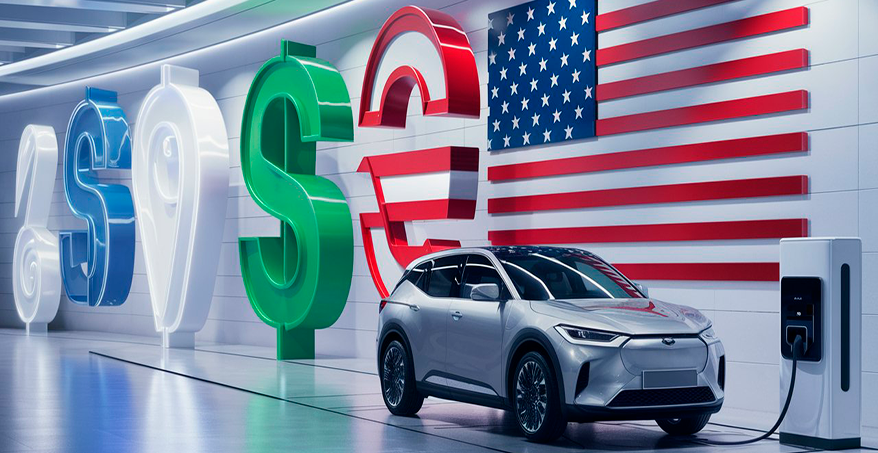Unlock the full potential of EV tax credits and make your eco-friendly switch more affordable.
Making the switch to an electric vehicle (EV) doesn’t just help the environment—it can significantly lower your tax bill too. With federal and state incentives available, understanding how these tax credits work can make your EV purchase even more rewarding.
Here’s a comprehensive guide to EV tax credits in the USA and how you can benefit.
What Are Federal EV Tax Credits?
Federal tax credits for EVs are designed to encourage the adoption of eco-friendly vehicles. These credits, which can be worth up to $7,500, are applied to reduce your tax liability when filing your federal return.
However, the credit is non-refundable, meaning you’ll only benefit up to the amount of taxes you owe. For example, if your tax bill is $4,500, that’s the maximum credit you can use, even if your vehicle qualifies for the full $7,500.
Who Qualifies for EV Tax Credits?
Not every EV or buyer qualifies for federal tax credits. To determine your eligibility, consider these key factors:
1. Vehicle Eligibility
- The vehicle must be new and meet specific final assembly requirements in North America.
- Its battery capacity and sourcing must meet new standards introduced by the Inflation Reduction Act (IRA).
- Price caps apply:
- Sedans must have an MSRP of $55,000 or less.
- SUVs, trucks, and vans must be priced at $80,000 or less.
2. Income Limits
- Individual taxpayers must have a Modified Adjusted Gross Income (MAGI) below $150,000.
- Joint filers must have a MAGI under $300,000.
How to Claim Your EV Tax Credit
Claiming the federal EV tax credit involves these simple steps:
- Confirm Eligibility: Verify your vehicle and income meet the requirements using resources like the IRS Clean Vehicle Tax Credit page.
- Purchase the Vehicle: Keep records, including the manufacturer’s certification that your car qualifies.
- File IRS Form 8936: Submit this form with your federal tax return to apply for the credit.
Starting in 2024, the credit can also be applied at the point of sale, reducing your out-of-pocket cost when buying the EV.
Don’t Forget About State Incentives
In addition to federal credits, many states offer rebates, tax breaks, or other incentives. These programs vary widely, but here are a few highlights:
- California: Rebates of up to $7,500 through the Clean Vehicle Rebate Project (CVRP).
- New York: Rebates up to $2,000 under the Drive Clean Rebate program.
- Colorado: Tax credits of up to $5,000 for new EV purchases.
These incentives can often be combined with federal tax credits, maximizing your savings.
Why These Credits Matter for EV Buyers
EV tax credits are more than a financial benefit—they’re a game-changer for the transition to greener transportation. They:
- Make electric vehicles more affordable, helping buyers offset higher upfront costs.
- Encourage automakers to innovate and produce more environmentally friendly options.
- Support a cleaner, more sustainable future by reducing emissions from transportation.
Navigating the world of EV tax credits can feel overwhelming, but understanding these incentives is crucial for anyone looking to save money while embracing the future of sustainable transportation. These tax credits are more than just financial perks—they are tools designed to make electric vehicles more accessible, bridging the gap between affordability and innovation. By taking full advantage of federal tax credits and stacking them with state-level incentives, you can significantly reduce the cost of owning an EV, offsetting higher upfront prices. These savings not only make EV ownership more practical but also support a larger movement toward reducing greenhouse gas emissions and creating a cleaner planet.
As automakers release an increasing number of EV models, competition is driving better designs, improved technology, and longer ranges, making now the perfect time to invest in an electric vehicle. Programs like these are proof that the push for cleaner transportation is a shared responsibility between individuals and governments.
If you’ve been on the fence about making the switch to an EV, consider how these credits can make it financially feasible while contributing to a greener future. With so many options available, 2024 is shaping up to be a milestone year for electric vehicle adoption.


